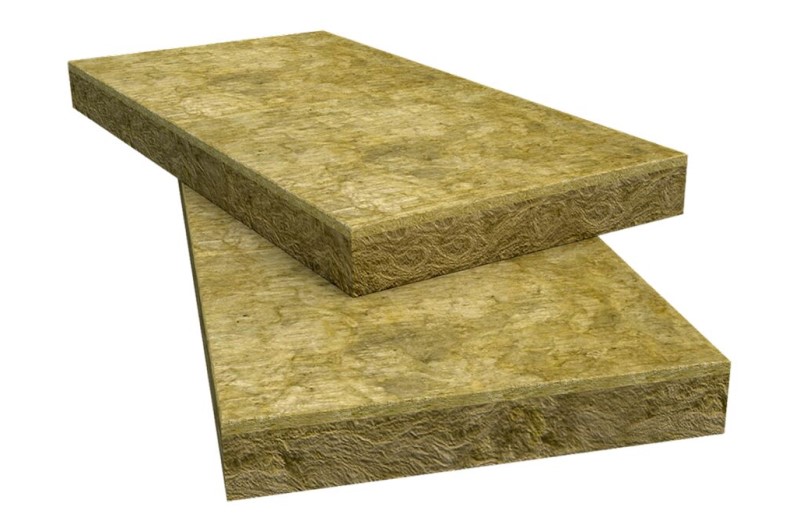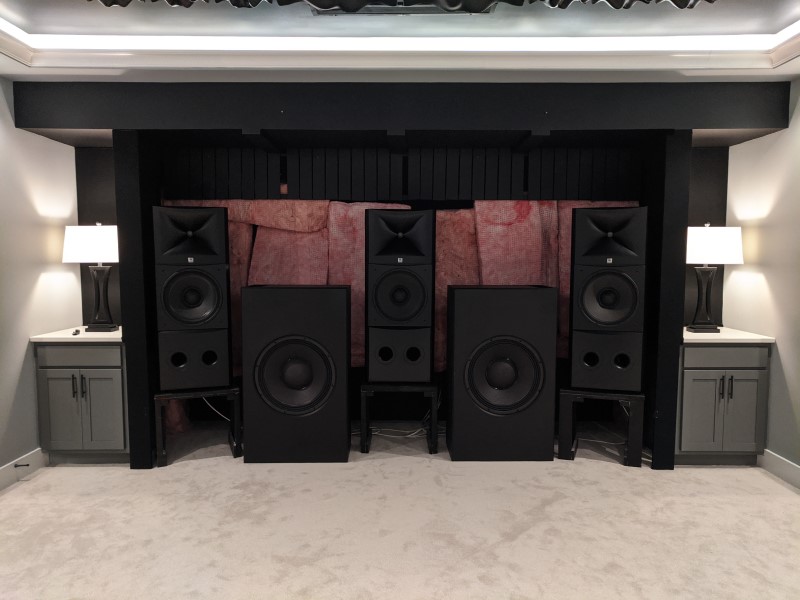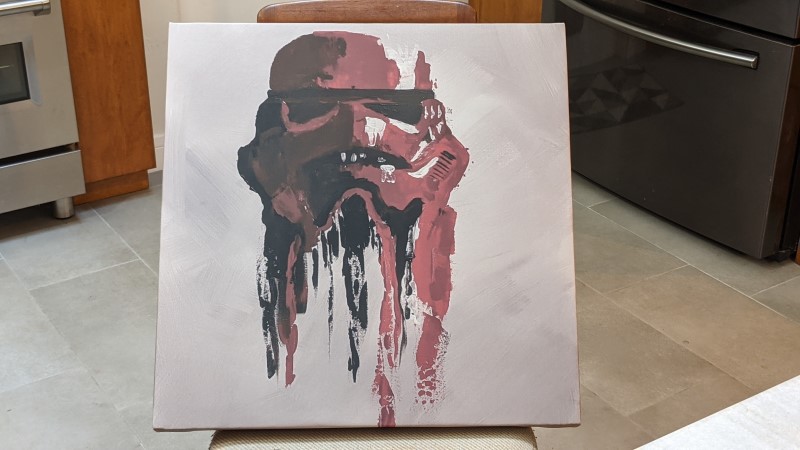Are Acoustic Panels Safe?
If you want a great sounding home theater, you are going to be adding some room treatments to your room. These mostly take the form of sound absorbers. If you spend any time researching sound acoustic panels, you’ll find they are primarily made of one of two materials – Rockwool or fiberglass. Ask any expert, and they will tell you that these are essentially the same. They are created from different materials (primarily rock versus primarily glass) but the regulations for handling them, their acoustic properties, and some of the warnings are nearly identical. For the end-user, they are basically the same material. So, are acoustic panels safe to place in your home theater?
There are a lot of claims out there about fiberglass and Rockwool. That they are carcinogenic, harmful if inhaled, moisture issues, etc. People are rightfully worried about exposing themselves and their families to dangerous materials. But are these acoustic panels safe?

Are Acoustic Panels Carcinogenic?
In the 1950s, fiberglass insulation specifically, and all other forms of insulation in general, was a popular replacement for asbestos. Asbestos is a well-known carcinogen and some people conflate the two. Another cause for confusion is that fiberglass is labeled, by California, a potential cancer-causing agent. This is despite OSHA, in 1991, deciding to regulate fiberglass as a nuisance dust, and not as a cancer-causing agent.
OSHA’s decision has to do with how the particles break apart. Asbestos stays in bundles while fiberglass (and Rockwool) break into tiny fragments. The bundles of asbestos become trapped in the lungs while the fiberglass particles are quickly expelled. Do they cause irritation? Yes. But not cancer.

But I Don’t Want Irritating Particles In My Room!
We don’t either. No one does. But this is a non-problem. If you had raw fiberglass or Rockwool on the walls of your room (the rigid kind), they wouldn’t be “shedding” particles. Like asbestos, fiberglass and Rockwool need to be disturbed in order to give off particles. That means you have to actively touch it. Even the soft, pink stuff is safe to be around as long as you leave it alone. The difference between asbestos and these other materials? Once you inhale asbestos, there is no way to get rid of some of it. Not so with fiberglass and Rockwool.
Cover It Up!
If you bought premade acoustic panels, you are completely safe. Covering your fiberglass or Rockwool acoustic panels is all the safety precautions you need to take. The fabric covering of your acoustic panels may be acoustically transparent, but it will keep any particles from the fiberglass or Rockwool from escaping. If you are DIY’ing your acoustic panels, just make sure you put a cover over the front of your panel. You were probably going to anyway for aesthetic concerns. No one wants to look at raw insulation.

DIY’ing Your Acoustic Panels Safely
When you are working with fiberglass or Rockwool to create acoustic panels, you can stay safe by taking minimal precautions. Work with it in a well-ventilated place. Wear gloves and an N95 mask (we all have a couple of these around these days, right?). If you are sensitive, wear long sleeves and pants. The worst that can happen is that you’ll be a little itchy after. The joy of using rigid fiberglass or Rockwool for creating your acoustic panels is that it is safe to handle, easy to work with, and really works to absorb sound in your room.
But There is a Smell!
When you first get your new acoustic panels or your raw insulation materials you may notice a smell. That’s normal. Between the manufacturing process and storage in closed boxes, smells get trapped. Don’t worry about it. In a couple of days the smell will pass and your room will start to smell normal again. Hey, your new car has a smell and that doesn’t mean it is dangerous. Well, I guess that depends on how you drive.
There you have it! Fiberglass and Rockwool acoustic panels are absolutely safe. Do you have acoustic panels in your room? Have any additional concerns we didn’t cover here? Let us know in the comments below or on our Facebook page.



hello…i have some rockwool panel in my home studio that I made myself… i sleep in that room and my cat too…Will these panels hurt us in the long run?
They will not.
We made base trap diy panels with rock wool and covered with a knit fabric it’s the only thing separating us from rock wool is that safe
100%
I made fiberglass panel myself for my bedroom for first time and i am new to DIY project and learning from mistakes. Front of my panel is covered with cloth and back is not is safe to have it that way or i should cover back too ?
It is perfectly safe to have the back uncovered. My panels are the same way.
Thanks! this was very helpful, I’ll go through with the DIY soon
I think it’s a different story for the ceiling. I’ve had 703s all over my studio’s ceiling covered with expensive Guilford of Maine fabric. Yet, every day, I would see a bunch of little fibers on the large studio desk and speakers. My sinuses were always acting up and my singer wife finally started having asthma symptoms.
You said that, as long as you don’t disturb it, you’re okay. However, I don’t think you took the vibrations of the low end into consideration.
Knowing how certain companies tried to hide the health risks of their products throughout history, I don’t fully trust them. These days, I would make sure, at the very least, to cover the ceiling panels with a thin plastic foil before the fabric.
Just my sincere opinion.
I, too, have had panels on my ceiling. I had an 11 by 10 foot room with 23 4″ thick panels. Covered nearly every square inch of wall and ceiling. It was about as dead acoustically as you can get a room. I didn’t notice any fibers and I certainly didn’t have any health symptoms. To be clear, I’m not saying this to imply that you are somehow wrong or that your panels weren’t the issue. That certainly could be the case.
If you follow our DIY tutorial, and you are worried about fibers “getting out,” I’d simply add a layer of cotton batting (link) between the insulation material (rock wool or fiberglass) and the covering. It shouldn’t affect the acoustic properties and it should virtually ensure that no fibers escape. Plastic would definitely reduce the panels’ effectiveness and might vibrate and add noise.
I have seen many folks recommend covering the fiberglass insulation with either thin painters plastic or landscaping fabric to trap fiberglass fibers and still remain mostly acoustically neutral….I know there is some debate about these “shiny” materials possibly reflecting some high frequencies. What do you think about a layer of 0.3mil painters plastic or landscaping cloth?
You can cover it with whatever you want as long as it is acoustically transparent. And “shiny” has everything to do with light and nothing to do with sound. Sound doesn’t reflect off of shiny surfaces any different than other surfaces.